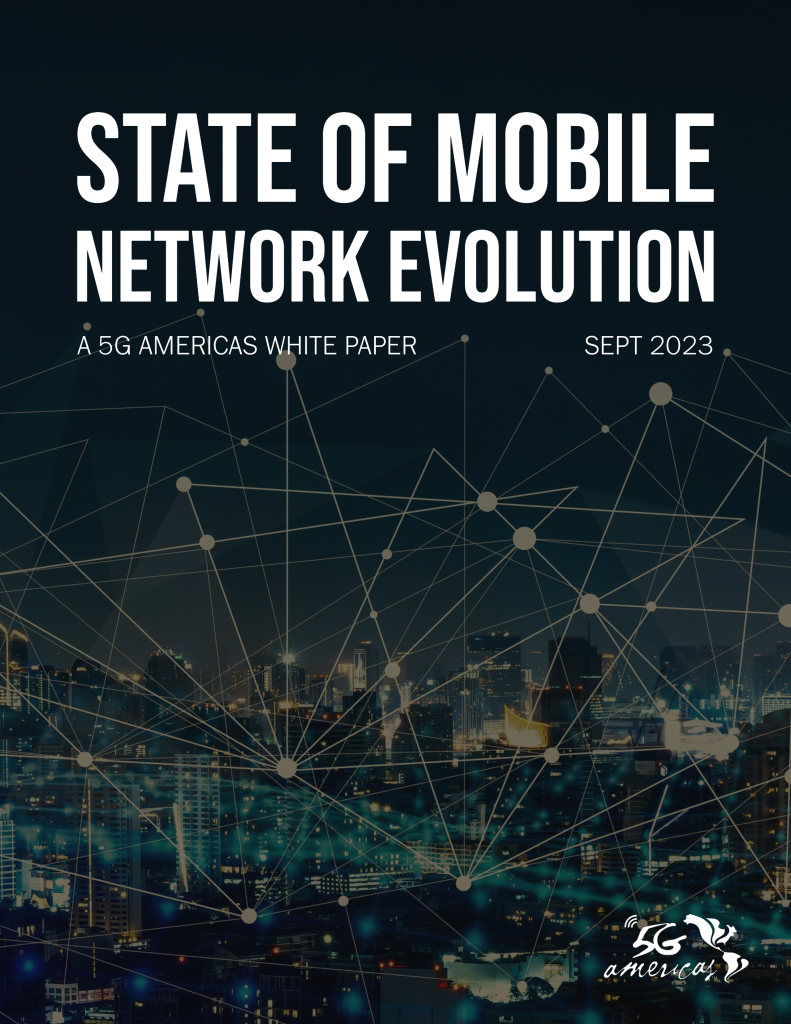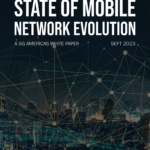
04
June
Current State of Cellular Communication Technology in the US
- Evolution of Cellular Networks
- 5G networks are increasingly deployed across the US, with major cities having comprehensive coverage, though rural areas remain underserved.
- 5G offers significant improvements in speed and latency compared to 4G, enabling faster downloads and lower response times.
- The shutdown of 3G networks is expected to be completed in 2025, pushing users and devices to upgrade to newer technologies.
- Smartphone Market and Usage Patterns
- Smartphone penetration is high across demographics, with younger generations having the highest usage.
- Average screen time has surged, with users spending significant hours on apps, particularly for messaging and social media.
- Communication preferences are shifting, with messaging and video calls overtaking traditional voice calls.
- Mobile OS market share is largely split between iOS and Android, leading to ecosystem lock-ins for users.
- Cellular Connectivity Beyond Phones
- The Internet of Things (IoT) is growing rapidly, with cellular networks enabling smart homes and connected devices.
- Connected vehicles are becoming more prevalent, providing advanced transportation services.
- Wearable technology is expanding, with cellular connectivity enhancing health tracking.
- Industrial and agricultural sectors are leveraging cellular networks for automation and data management.
- Economic Impacts
- The cellular industry significantly contributes to the US GDP, generating jobs in telecom and related sectors.
- Small businesses increasingly depend on mobile connectivity for operations and customer engagement.
- Mobile commerce continues to grow, reflecting the expanding role of mobile devices in consumer purchasing behavior.
- Digital Divide Considerations
- Access disparities persist between urban and rural areas, with rural regions often lacking reliable coverage.
- Affordability remains a challenge for low-income individuals, hindering access to cellular services.
- Government initiatives, such as funding for infrastructure expansion, aim to address these gaps and improve educational and economic opportunities.
- Health and Wellness Applications
- Telehealth adoption has accelerated, with many patients using mobile devices for remote consultations and healthcare services.
- Cellular networks enable remote patient monitoring, enhancing healthcare delivery.
- Mental health apps are becoming more popular, providing accessible services for users.
- Cellular technology also aids in emergency response, improving communication during crises.
- Privacy and Security Landscape
- Regulatory frameworks are evolving to protect cellular data, but security vulnerabilities remain a concern.
- Location tracking is a key issue, with mitigation strategies including stronger privacy controls and consumer education.
- Consumer awareness of mobile privacy risks is growing, though challenges remain in ensuring data protection.
- Future Developments
- Research into 6G networks is underway, promising faster speeds and new applications, such as holographic communication.
- Satellite-cellular integration is a potential game-changer, enabling connectivity in remote locations.
- Edge computing will complement cellular networks, reducing latency and enhancing performance.
- Spectrum allocation challenges will need to be addressed as demand for wireless bandwidth grows.




